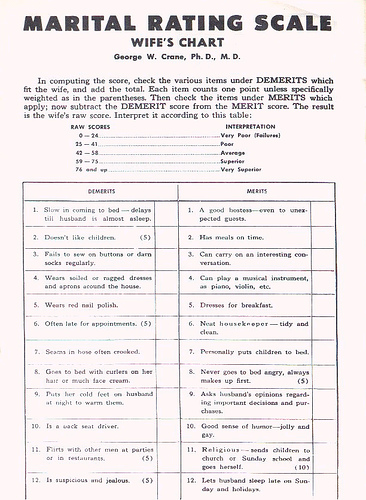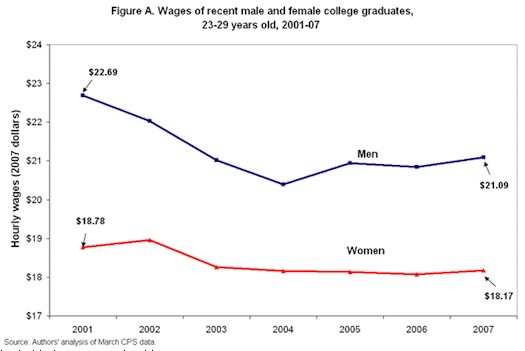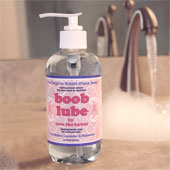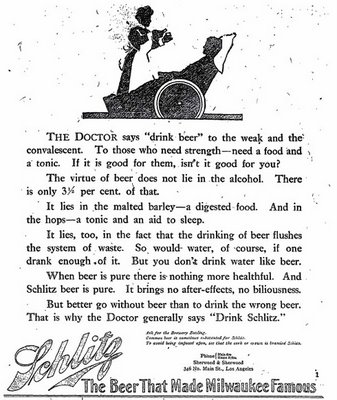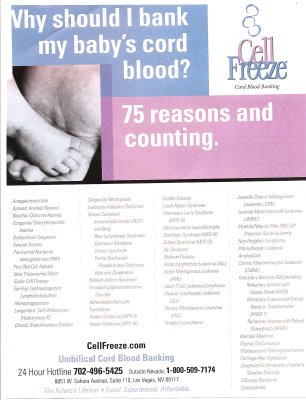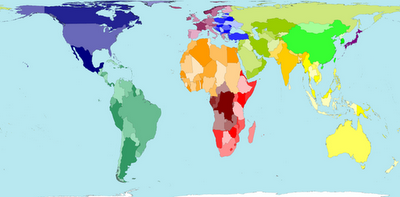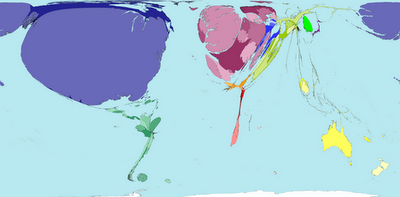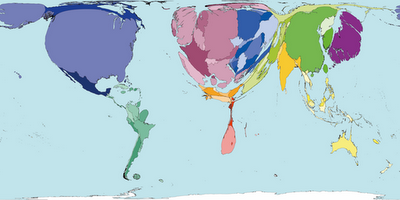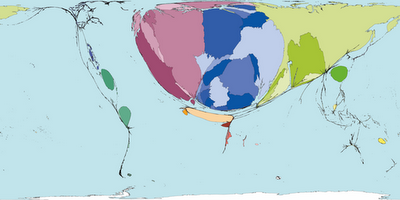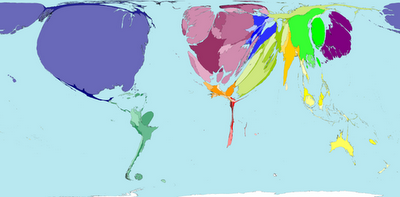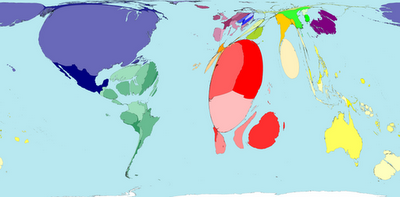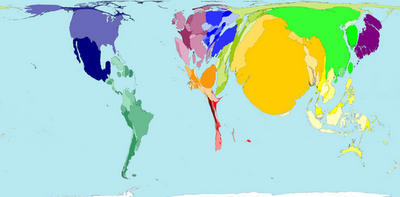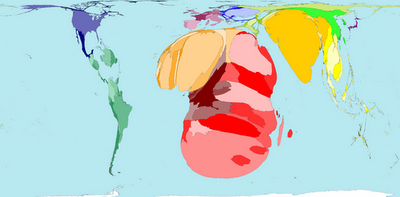Laura R. sent us this 1939 test for husbands and wives, developed by an M.D./Ph.D. in psychology, designed to determine how well each is performing in his or her gendered role with marriage. For proper behavior the spouse earns merits, for improper, demerits. Below is the front page and the first page of the test for both men and women. Click here to see the whole thing (via boingboing).
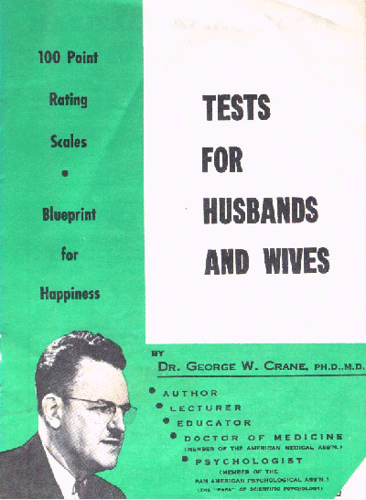
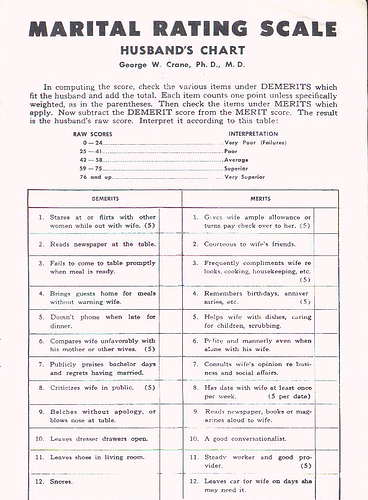
Thanks Laura!
Lisa Wade, PhD is an Associate Professor at Tulane University. She is the author of American Hookup, a book about college sexual culture; a textbook about gender; and a forthcoming introductory text: Terrible Magnificent Sociology. You can follow her on Twitter and Instagram.

